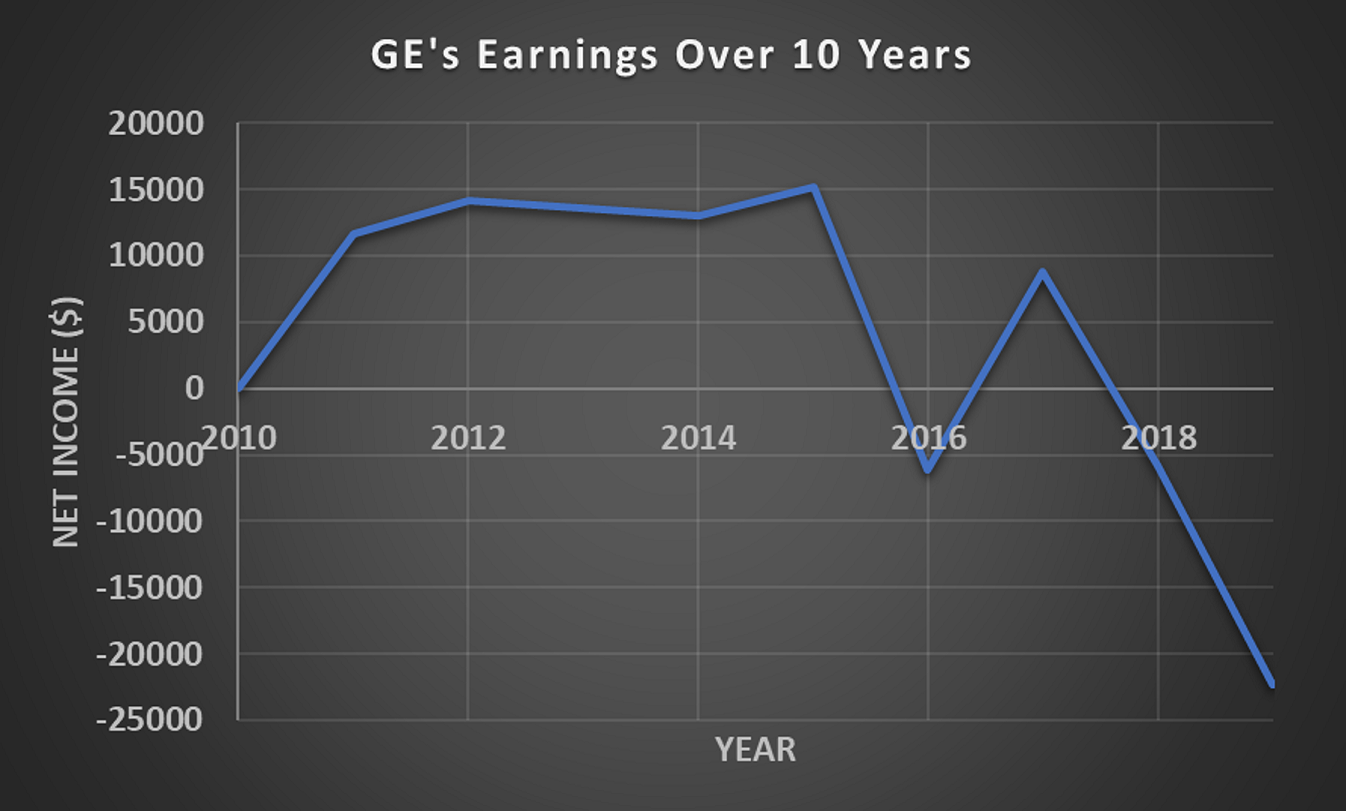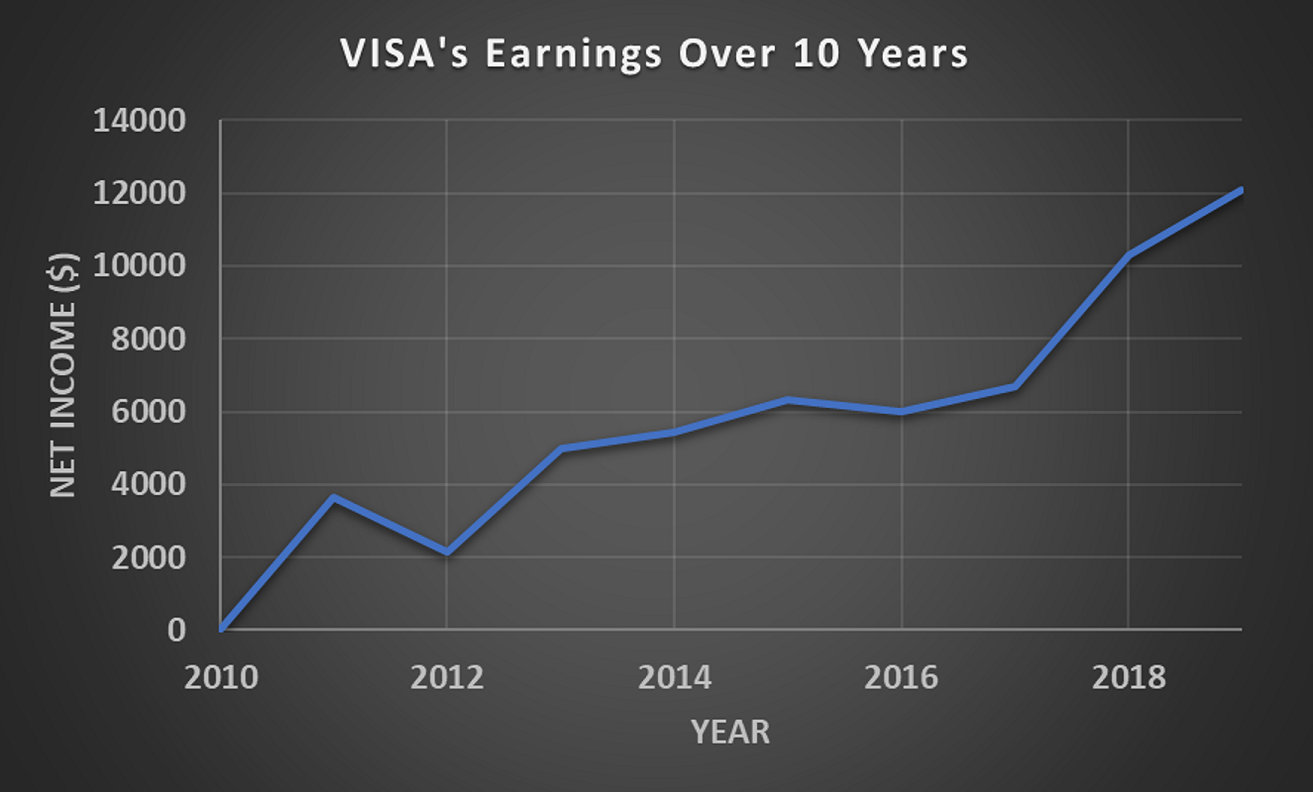In this post I'm going to show you how you can create a winning portfolio, even if you are just starting out.
(Step-by-Step)
In fact, this process has helped me grown my portfolio to where it is today.
And in today's post I'll show you exactly how I scaled it
Step #1 - Being Picky About Your Investments
I used to think of investing in just terms of buying low and selling high
But now? I changed my approach to buying strong and selling weak.
When we are investing in stocks, we are really investing in businesses.
And we want to invest in strong businesses and not weak businesses.
The worst thing you can do is to invest in poor quality companies.
You might be wondering, "Okay...but how do I avoid a losing company?"
The answer?
Is to use a checklist - a checklist of criteria that helps us to filter out all of these poor quality companies.
If you don't have a checklist - feel free to use mine as a start, and modify it as you wish as you adventure in your investment journey.

Get Your 8-Point Checklist!
So that you know what stocks to avoid investing in.
Back in the day, I used to invest in all sorts of companies.
What I did was to blindly follow the crowd, hoping to ride the next trending stock.
While there were some wins, here and there - there were also plenty of losses.
The results simply were not consistent.
I had to find a way to invest for more consistent results - and the answer were blindingly simple.
It all boils down to a single statement.
Share Price Is Driven By Earnings.
In fact, look at General Electric for example.
-
GE Earnings
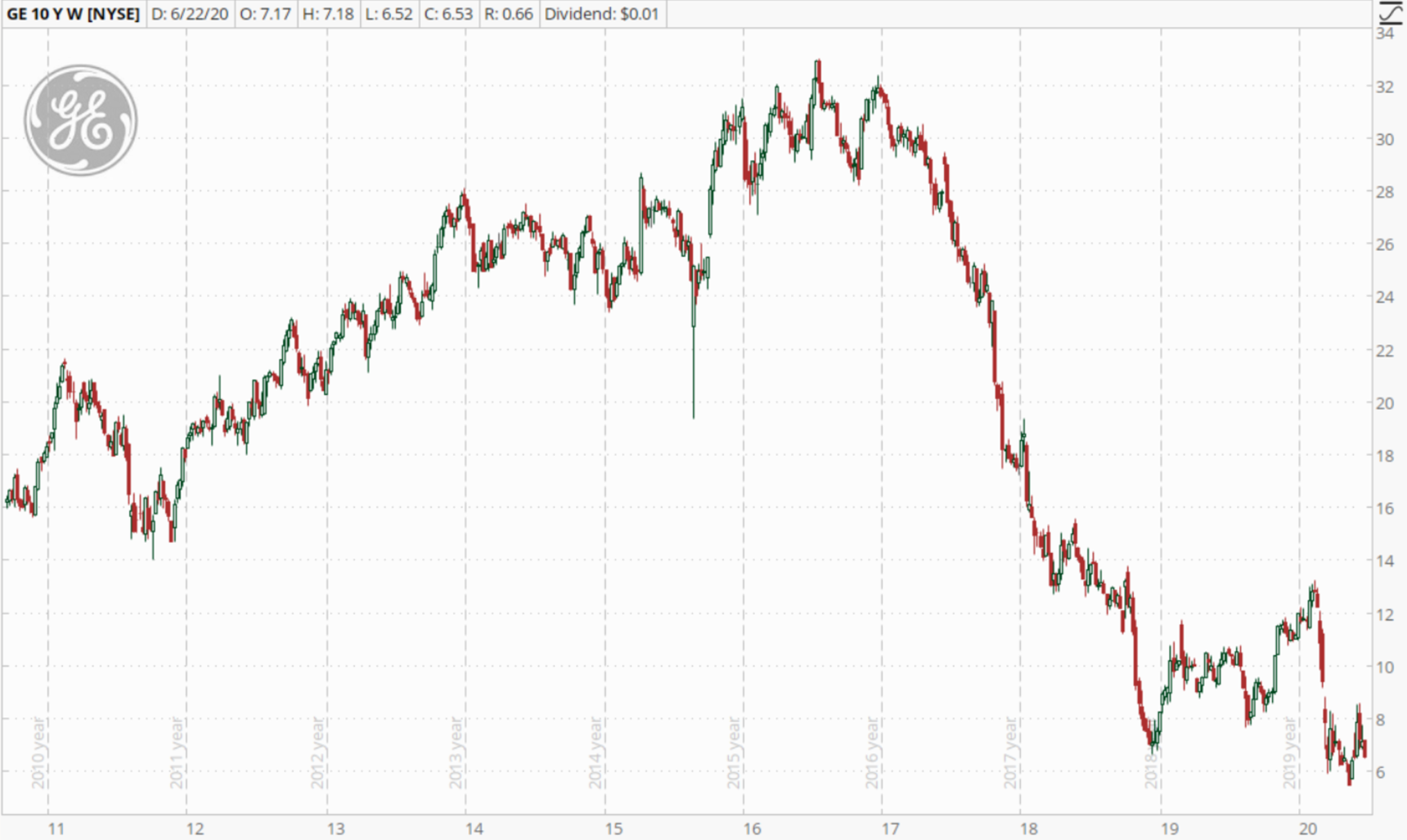
*Switch between the earnings and share price by clicking on the tabs.*
Could you see that the earnings has a downtrend - and share price follows as well.
Coincidence?
Well, let's take a look at some positive examples.
Let's take a look at Visa for example.
-
VISA Earnings
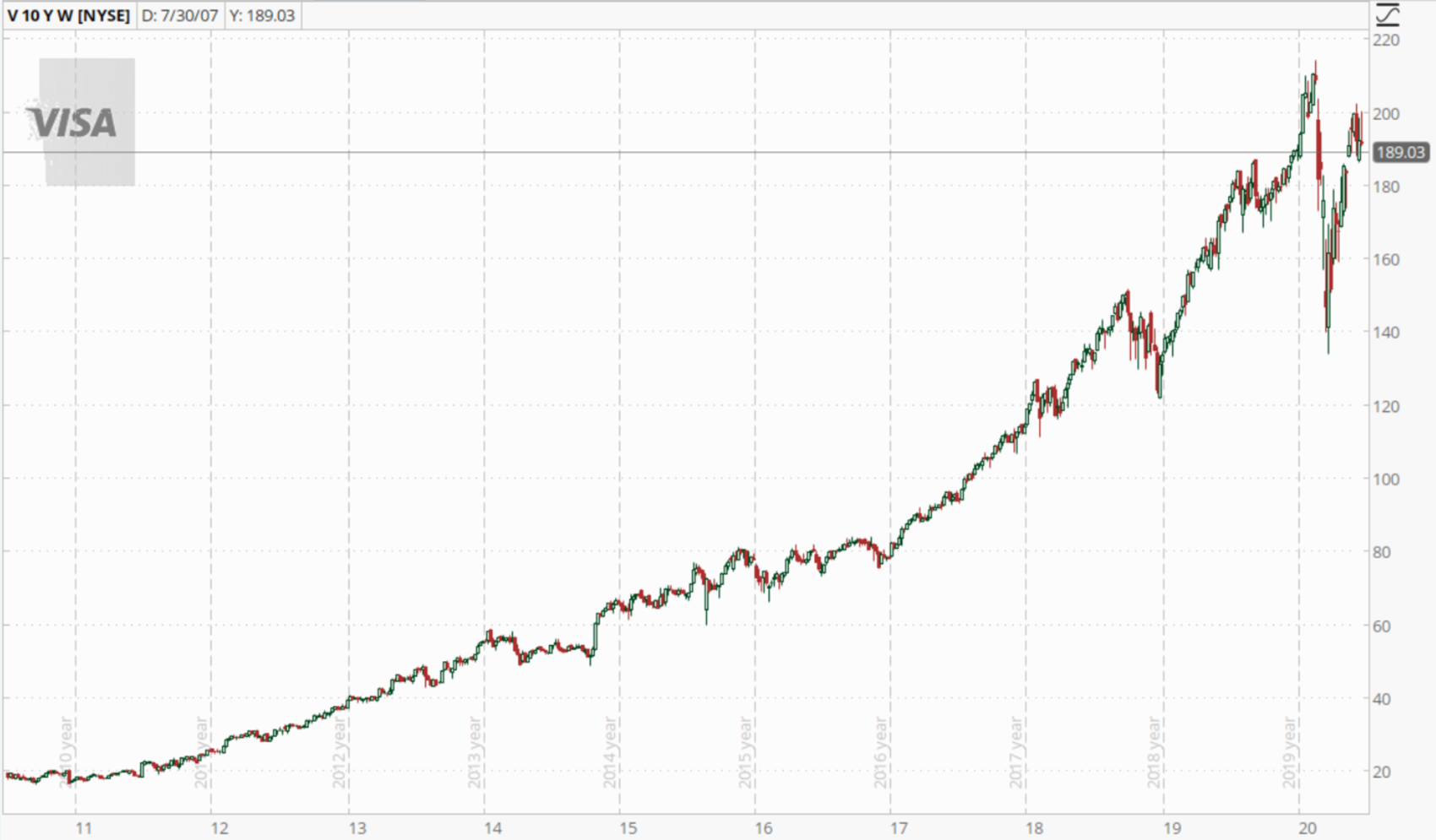
Can you see that that the earnings is on an uptrend? And the share price is on an uptrend as well.
You can try it yourself for various companies - and you will most likely observe this same correlation.
So the first rule in investing for myself - is to always invest in profitable companies, that is, companies that are making money year after year.
And if you do that, half the battle in investing is already won.
How do we identify profitable companies in the first place?
Well - it is simply by using a checklist, like I mentioned before.
Because, the truth is that we not just want companies that are profitable, we want companies that have the ability to increase and sustain their earnings growth over time.
These actually requires a bit of research but I am going to share with you a fast and dirty way to do it.
(It's still recommended for you to do in depth research by the way.)
What is this fast and dirty way to do it?
That is to simply identify companies that already have an increasing earnings trend.

The logic behind this is simple.
Let's say if you have a child who have been scoring an "A" for mathematics ever since he was in Primary 1.
And he has been consistently scoring an "A".
What do you think are the chances that he will likely score an "A" in the future?
Well, it would be pretty high.
That's why, if a company has a trend of increasing earnings - the likelihood of a company to continue its earnings trend would be high as well.
(As I said, this is really just a quick and dirty way to do it - you really should do your research to assess the company's earning growth.)
In fact, an increasing earnings trend is one of the many financial ratios that I look out for when investing in a company.
There are other financial ratios that I look at, that increases the chances of the company to have consistent and increasing earnings - and I laid them all here in his checklist.
(It even includes a guide of where to find these financial ratios)

Get Your 8-Point Checklist!
So that you know what stocks to avoid investing in.
Step #2 - Knowing How Much To Pay For A Stock
Finding a great business is just the first step.
Knowing how much to pay is the next crucial step to building a winning portfolio.
Its kinda like finding the best cup of coffee in town - but would you pay $100 for a cup of coffee?
In short, any business overpaid can become a poor investment.
How do we know what is a good price to pay for companies?

Well, the truth is that there are many valuation methods out there, such as discounted cash flow, price to book, price to earnings, EV/EBIT and many more.
But what most people don't realise is that valuation is not a magical number.
And in fact, I remember hearing that if you were to ask Warren Buffett and Charlie Munger to give an intrinsic value of a company - they would probably give you different numbers.
The bottom line?
Valuation can be subjective.
But if it is subjective, can it be effective in investing?
Well - let me tell you a conversation I had with my friends when I was young, and quite possibly immature.

I was with 3 friends, and we were guessing the weight of this boy.
Boy A: "How much do you think he weigh?"
Boy B: "Well, probably 92 kg?"
Boy C: "92 kg? More like 120 kg!"
Me: "Well...I am not sure the exact number, but he is definitely overweight."
Okay, so why am I saying this.
Because valuation is exactly like this!
There is no magical number to it - but sometimes stocks can be blindingly overvalued or undervalued.
So how do I do my valuations?

I use this concept called, "Reversion to the mean".
Which means that things eventually go back to its average.
And I am not talking about share price - but rather the price to earnings ratio of the company.
What do I mean by that?
Well, let's say that the company has a PE ratio of 25.
Now, some investors would think that a PE of 25 is expensive because that means that the company is trading at 25 times of its earnings.
What if I told you that the average PE ratio of the company had usually been around 35?
I would always compare the PE ratio of the company to its average PE ratio to decide whether it is cheap or expensive.
And I would personally use the 3 years average PE ratio - its kinda like a sweet spot for me.
You can find the company's average PE ratio by going to macrotrends.net.
Here's an example of the past PE ratios of Facebook at the point of writing.
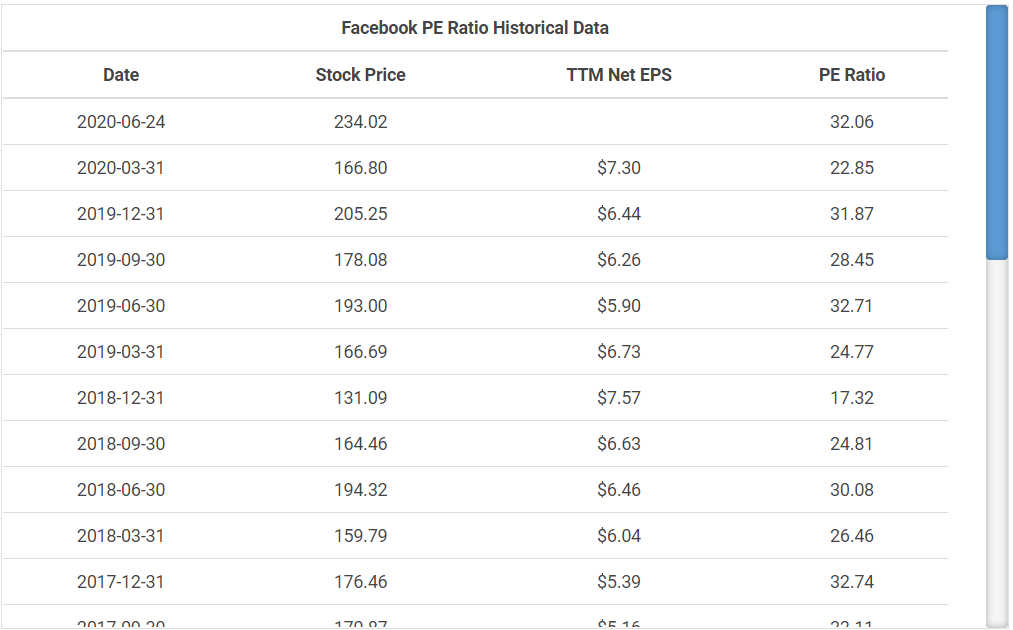
And you can see that I can take the past 12 quarters of the PE ratio to calculate the average PE ratio.
Using the average PE ratio of the company gives me a good sense of whether the company is overvalued or undervalued.
Step #3 - Building A Watchlist
Building a watchlist became an absolute game changer for me.
You see, when you complete Step #1, that is to find a quality company - it could be overvalued.
What do most people do?
They simply move on and forget about the stock.
And I am always taken aback by this.
You spent all the effort to find a quality business - why waste the effort?
What you could do is to keep that stock in a watchlist, together with its intrinsic price that you have calculated.
Here's an example of how a watchlist will look like.

Because you see, share prices of companies can move every single day.
It may be overvalued now, but it does not mean that it won't be undervalued in the future.
That's why, it is so crucial to keep track of the entire process in a watchlist.
A watchlist is precisely the reason why I could spend weeks not logging into my brokerage account.
Because, all I had to do was to simply take a look at my watchlist to see if there are any undervalued opportunities.
In fact, I think that every investor should have a watchlist - or more importantly, a profitable watchlist of stocks - and they could make their investment decisions based on that.
Step #4 - Portfolio Sizing,
Knowing How Much To Buy
Once, we have figured out Step 1 to Step 3 - we would already know what to buy and when to buy.
It brings us to the next question - how much to buy?
This is otherwise called, Portfolio Sizing.

You might be wondering why portfolio sizing is important?
No matter how great an investor you are - there are going to bad investment decisions in your investment journey.
I guarantee it.
Even Warren Buffett admitted that he has make poor investments in the past.
So how did he become a billionaire investor?
Well, the answer is having a portfolio.
Having a portfolio allows you to make mistakes and still make money overall.
So how do you size your portfolio?
Should you keep to a maximum of 5% for every stock purchase?
Or 10%?
Well - of course, as you would expect, there isn't a model answer.
But here's what I share with my students and here's the guideline - and I will explain why is it so.
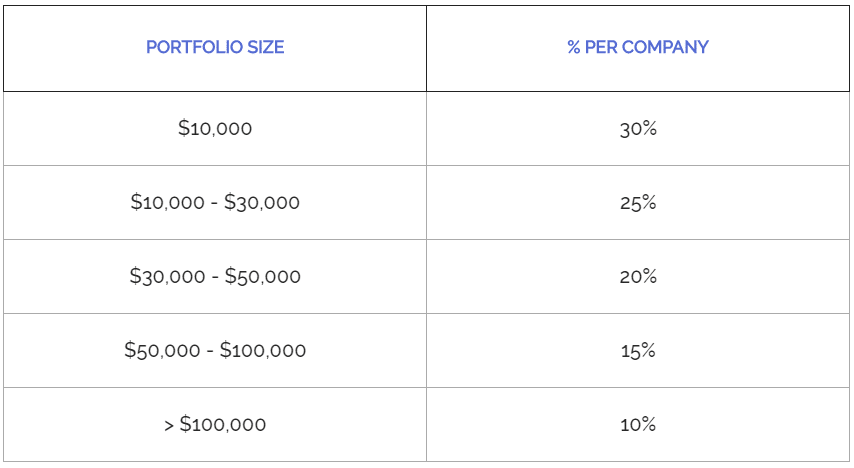
You can probably see a trend that, as your portfolio gets bigger - you allocate much lesser to a single company.
Why is that so?
The logic boils down to this statement.
Focus on growth when you are small, and focus on protection when you become big.
Small Portfolio Example
When you have a small portfolio - say $10,000.
If you had such a small stake of let's say $1000 in a company, a 50% return will only be $500.
That would be 5% on your entire portfolio.
You can probably guess that it does not have a huge gain on your wealth.
However, if you had invested $3000 - a 50% return will be $1500.
And that is 15% gain on your entire portfolio.
I will personally want to be more concentrated on a smaller portfolio.
Even if I made a poor investment decision, say losing 50% on an investment.
That is $1500 - a sum that I can easily earn back over a few months of savings.
And if you followed the first 3 steps - it is actually really hard to lose 50% on an investment.
Larger Portfolio Example
Let's switch gears and think about what happens when we have a larger portfolio.
When you have a portfolio of $100,000 - you want to focus more on protection.
Because if you had portfolio size the same way with a smaller portfolio - this means you will invest 30% or $30,000 in a single company.
And if you were to lose 50% on that investment - it would be $15,000.
That's a pretty huge sum - probably a significant portion of someone's annual salary.
What you could do instead is to diversify your portfolio so that you are focusing more on protection.
Of course, these are just guidelines that I personally use after discussing with various investors and through my own experience.
Feel free to tweak them to align with your investment temperament and style.
There's not right or wrong here - take what serves you 🙂
Let's go to Step 5.
Step 5 - Knowing When To Sell

Knowing when to sell is important.
However, I want to give you this quote by Charlie Munger.
The big money does not come in the buying or selling, but in the waiting.
Many times, it can feel tempting to sell a stock to take profits just because of a 10% or even 20% gain.
There were many stocks that I sold too early, only to find them rallying another 30% to 40%.
So what I could do differently was to set rules for me to decide my selling decisions.
And it boils down to these 3 reasons - which you will be surprised, have little to do with share price.
- 1Fundamentals Becoming Worse
- 2Valuations Become Crazy
- 3A Better Opportunity
Fundamentals Becoming Worse
A company's fundamentals can become worse.
That's a nature of capitalism - where competition of better products can impair a company's performance if they fail to match the competition.

For example, when Uber came out - many taxi companies started to see their market share being eaten away.
As such, their earnings starts to drop due to the reduced market share.
Remember what I said about, "Share price is driven by earnings?"
You could probably guessed what happened to taxi companies.
The same thing when social media companies dominated advertisements and robbed market shares of newspapers.
And when AirBnB robbed market share of the hospitality business.
This is why understanding the business model of a company is so important.
You need to understand, at the very least, what makes the bulk of the company's revenue.
Very often, the answer is just a google search away.
Valuation Becoming Crazy
Valuations becoming crazy high.
This is really tricky.
Especially since valuations are subjective, right?
Well, similar to what I mentioned with the "fat boy" conversation - it can be blindingly obvious when a stock become crazy overvalued, trading at ridiculous price multiples.
When that happens, you want to start reading up and keep an eye on the growth of the company and the plans of the management.

Decide whether their plans for growth justify the exceedingly high valuations.
If you are not sure, then you could always scale back and sell some shares first.
This way, you don't missed the upside even it does fulfill their goals.
If not - you could consider selling the shares since it is crazy overvalued.
A Better Opportunity
Sometimes, a better opportunity comes along - and you are faced with the decision to sell a stock to recover capital, in order to have a vested interest in the better opportunity.
And sometimes, you have to make the tough decision to sell the company, albeit at a loss, in order to make your money work harder for you.
Remember that the end goal is to have your money work as hard for you as possible - so that you can achieve your financial goals much much earlier.
There were many instances where I see investors having an emotional attachment and refuse to let go a poor quality company - and ended up holding for years and still have yet to recovered.
What could have been done instead is to hit the sell button, recover the capital, and invest in a better opportunity instead.

The Conclusion
Building a winning portfolio simply boils down to these simple 5 steps!
Now remember that, this is a learning journey - so don't worry, if you are completely new, and can't quite fully grasp the concept.
Everyone has to start somewhere!
I hope you learned something from this blog post 🙂
So leave a comment down below, which of these 5 steps resonate with you most?
Is it Step 3 - building a watchlist of quality stocks?
Or Step 5 - knowing when to sell a stock?

